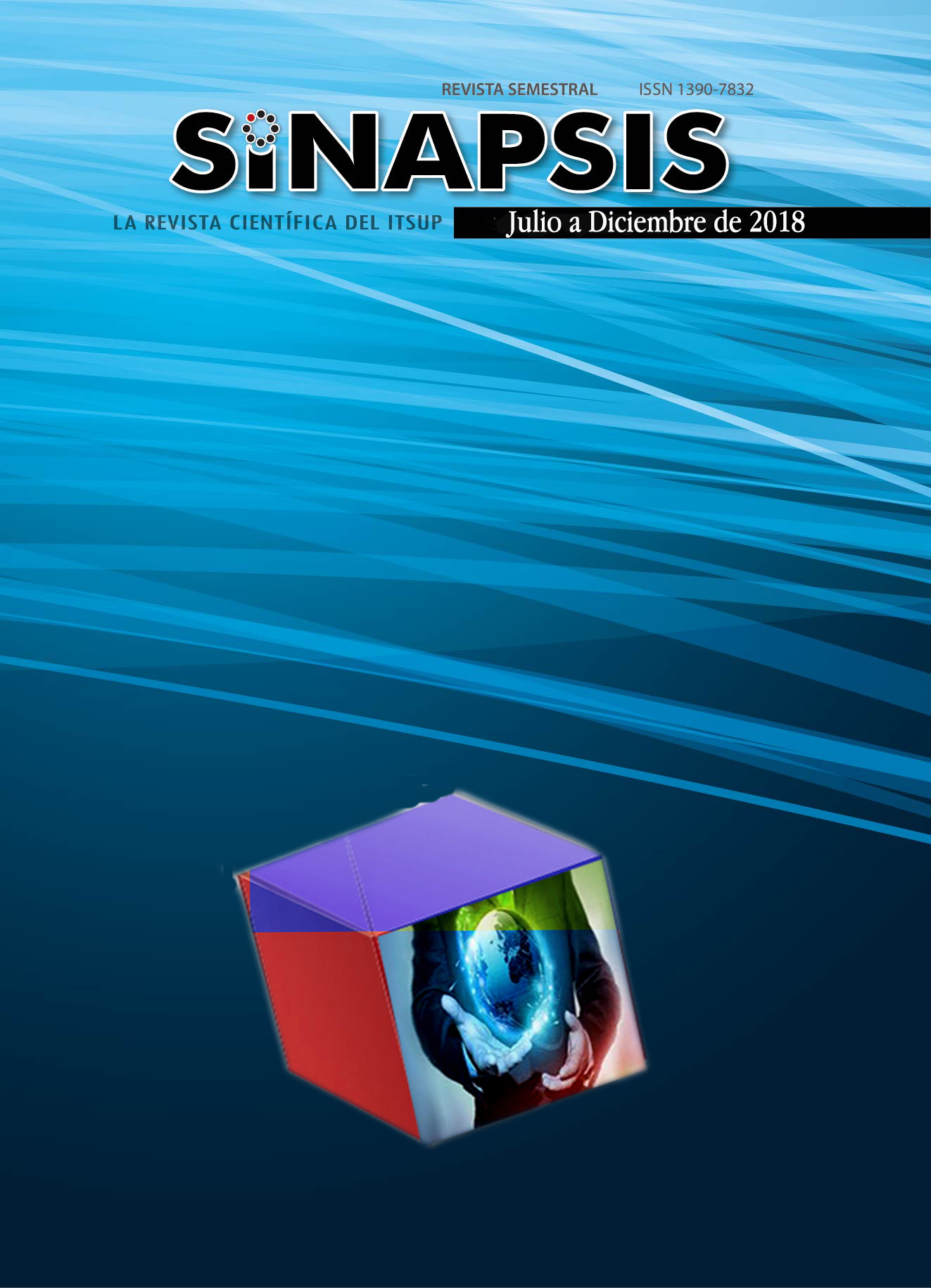Impact of corporate social networks. Experience of the National Association of Economists and Accountants of Cuba.
DOI:
https://doi.org/10.37117/s.v2i13.155Abstract
Abstract:
Social networks have become an ideal platform to raise awareness and increase the visibility of a brand or company and also to interact and analyze the actions of customers and followers of these. This paper presents the impact of a corporate page on Facebook to strengthen business management, the promotion of products, events and services, digital marketing, customer loyalty and the visualization of the corporate results of the National Association of Economists. and Accountants of Cuba in Granma. Graphic design methods, images and techniques of work in teams are applied to achieve the creation of the page, the administration and daily update of the information, the increase of the visibility of the entity on the Internet and the interaction with related people and organizations. of the country and the rest of the world; which allows reaching the goal of presence in the network, as the first stage of the Cuban Information Strategy of the company and ensures that the work of the entity is valued by an increasing number of customers or potential customers in the province and the country. It also develops an excellent alliance with the Information Technology Management Center, which translates into new services, strategies to computerize the entity, training in information technologies for business management and in the area of Information Security.
Keywords: social networks, National Association of Economists and Accountants, Internet.
Downloads
References
Adobe Systems Inc. (2016). Archived Annual Reports: Adobe Systems Inc.
Anderson, C. (2008). “What does the Media Business Model mean?” The Long Tail [blogen Internet]. Disponible en: http://www.longtail.com/the_long_tail/2008/01/what-doesthe-m.html
Aral, S.; Brynjolfsson, E.; Van Alstyne, M. (2017). Productivity Effects of InformationDiffusion in Networks. Canadá: McGraw Hill.
Bulkley, N., Van Alstyne, M. (2017). An Empirical Analysis of Strategies and Efficienciesin Social Networks. Vancouver, Canadá: McGraw Hill.
Castells, M (2016). La sociedad red: una visión global. Madrid: Alianza Editorial.
Celaya, J. (2018). La Empresa en la web 2.0: el impacto de las redes sociales y las nuevasformas de comunicación online en la estrategia empresarial, Barcelona: Gestión 2000.
Cook, N. (2018). Enterprise 2.0: How Social Software Will Change the Future of Work: Gower.
Del Prado, N. (2018). Primera Conferencia Nacional de la UIC: Consideraciones desde el compromiso. http://www.cubadebate.cu/especiales/2018/10/19/primera-conferencia-nacional-de-la-uic-consideraciones-desde-el-compromiso/#.XBkeXOi221s
Gandal, N; King, C., Marshall V. (2018). The Social Network within a ManagementRecruiting Firm: Network Structure and Output. Review of Network Economics. 8(4). 11-23.
Hennig-Thurau, T., Malthouse, E. C., Friege, C., Gensler, S., Lobschat, L., Rangaswamy, a., &Skiera, B. (2015). The Impact of New Media on Customer Relationships. Journal of Service Research, 13(3), 311–330.
Mangold, W. G., & Faulds, D. J. (2013). Social media: The new hybrid element of the promotion mix. Business Horizons, 52(4), 357–365.
McAFEE, A. (2016). Enterprise 2.0: The dawn of emergent collaboration. MIT Sloan Management Review 47(3),21–28.
O'REILLY, T. (2005). “Qué es Web 2.0. Patrones del diseño y modelos del negocio para la siguiente generación del software”. MCGraw Hill.
Tapscott, D., Williams, A. (2016). Wikinomics: How Mass Collaboration Changes Everything. New York: Penguin Group.
Torrent, J. (2004). Innovació tecnològica, creixement econòmic i economia del coneixement. Barcelona: Consell de TreballEconòmic i Social de Catalunya (CTESC), Generalitat de Catalunya.
Downloads
Published
How to Cite
Issue
Section
License
El Copyright posee el propósito de proteger tanto la propiedad intelectual de los autores como sus resultados. El comité editorial de la Revista Sinapsis se compromete con los autores a proteger, defender y preservar tanto su trabajo como su reputación, y toma muy en serio las acusaciones de infracción, plagio, disputas éticas y fraude. Si un autor se da cuenta de un posible plagio, copia de resultados, fraude o infracción, le rogamos que se comunique con la mayor brevedad posible con el comité editorial de la revista Sinapsis.
CC BY-NC-ND: esta licencia permite a los reutilizadores copiar y distribuir el material en cualquier medio o formato solo sin adaptarlo, solo con fines no comerciales y siempre que se le atribuya al creador.
Términos de Licencia:
Reconocimiento: debe otorgar el crédito correspondiente, proporcionar un enlace a la licencia e indicar si se realizaron cambios. Puede hacerlo de cualquier manera razonable, pero no de ninguna manera que sugiera que el licenciante lo respalda a usted o su uso.
No comercial: no puede utilizar el material con fines comerciales.
No Derivada: si remezcla, transforma o construye sobre el material, no puede distribuir el material modificado.
Sin restricciones adicionales: no puede aplicar términos legales o medidas tecnológicas que restrinjan legalmente a otros de hacer cualquier cosa que permita la licencia.
El autor esta en la obligación de seguir las exigencias según lo instruido en la licencia ubicada en el enlace: https://creativecommons.org/licenses/by-nc-nd/4.0/deed.es






